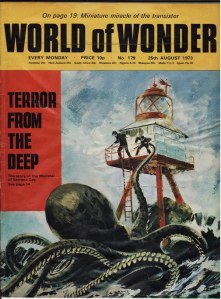The Great Global Treasure Hunt
Back in 1979, Kit Williams published a book entitled Masquerade. In it were cryptic clues to the whereabouts of a golden jewelled hare brooch worth £5000 at the time, buried somewhere in the United Kingdom. Three years, lots of false starts and angry landowners (whose fields had been dug up by treasure hunters) later, the brooch was found. The discovery was mired in controversy, and the experiment was not repeated.
Yesterday a clean, tidy 21st Century version was launched: The Great Global Treasure Hunt on Google Earth. Clues provided in the book will lead to numbers, which can eventually be put together into latitude and longitude co-ordinates for the location of a 50, 000 Euro treasure trove on Google Earth. No digging of any kind will be required on the surface of the real Earth, but the successful treasure seeker will win a prize of 50,000 Euros. In every way it seems like the clean, environmentally friendly, digital successor to its 1970s predecessor.
I was only 7 when Masquerade was published, and have dim recollections of the bearded Kit Williams being interviewed on the news and tales of people digging up fields where they shouldn’t in their quest for the treasure. At the time I was more interested in the kinds of tales in the magazine pictured below than I was in the quest for a golden brooch.

Image: 2.bp.blogspot.com
Maybe its my early years in the company of World of Wonder which made me sit up and take notice at the words below by the creator of The Great Global Tresure Hunt, Dedopulos. He says that some clues in the book may be spurious in terms of finding the treasure, but:
May just take you to some beautiful or amazing part of the planet which I feel you should know about. I must confess, I will feel bereft if this quest does not engender, among the participants, a sense of wonder at this amazing world.
As a preacher and a Christian I am all for engendering a sense of wonder in this amazing world. That said, my view of that wonder has changed since the days when I had my head stuck in World of Wonder. These days I would see every flash of wonder as a clue on the trail to the greatest treasure of all.


